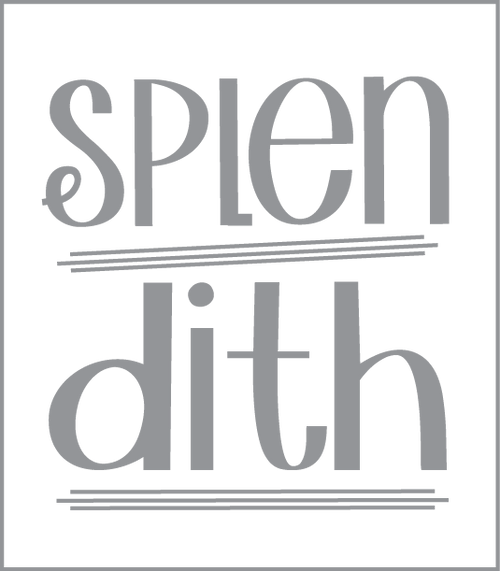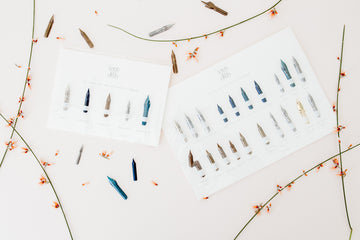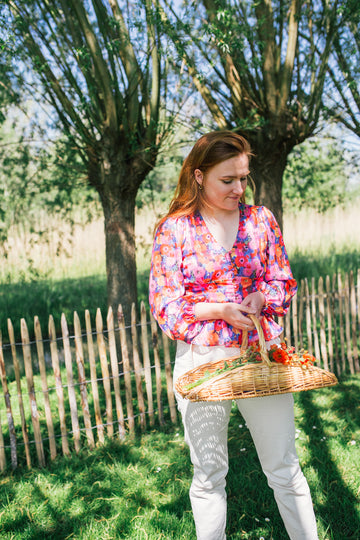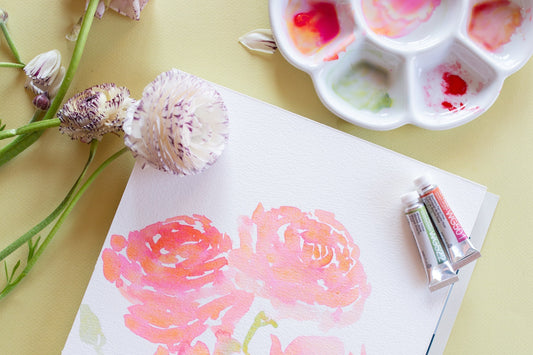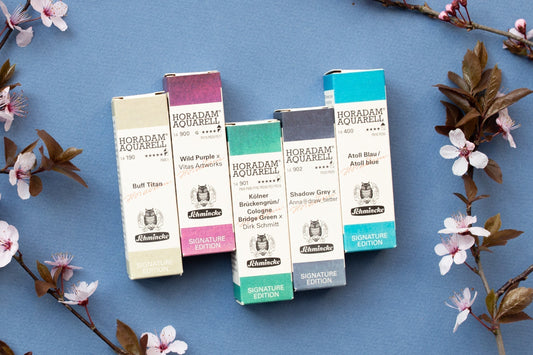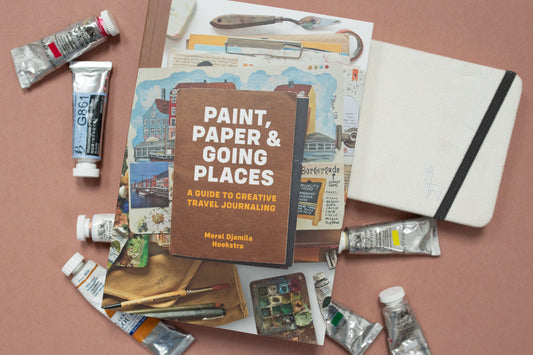Welke kalligrafie nib of pen moet ik kiezen? Dit is de meest gestelde vraag van beginnende kalligrafeerders. Het aanbod van nibs voor kalligraferen kan overweldigend zijn, omdat de keuze oneindig lijkt. Uitproberen is één van de manieren om erachter te komen wat jij een fijne nib vindt. Je hoeft hier niet wanhopig naar opzoek te gaan. Er bestaat namelijk geen perfecte nib die álles kan. Hmm, bummer? Nee hoor, want er zijn meerdere fijne nibs te krijgen.
Tips om jouw nib collectie uit te breiden:
Er is niet één perfecte nib:
Kijk dus niet naar één ‘perfecte nib’ maar zoek naar een aantal nibs die goed voor jou werken. Dan hou je uiteindelijk een aantal favorieten over. Elke pen heeft weer andere eigenschappen die fijn zijn. Er zijn natuurlijk een aantal nibs die beter geschikt zijn voor een beginner. In deze blog vertel ik je meer over verschillen, en in deze blog lees je mijn ervaringen per nib.
Het verschil tussen kalligrafie nibs:
Dit zijn verschillende soorten nibs, allemaal voor verschillende soorten stijlen kalligrafie. Voor moderne kalligrafie gebruik je alleen pointed dip nibs, vandaar dat ik de andere twee nibs maar kort uitleg.
Pointed nibs
Bij deze pennen vult de nib zich met inkt bij het dopen in een inkt vat. De punt heeft altijd een scherpe punt.
Fountain pens/vulpennen
Deze pennen hebben een inktreservoir in de body van de pen. Dit zegt verder niets over de de soort pen, maar wel over het reservoir.
Broad tip nibs
Bij veel kalligrafieshops zal je nibs zien met een dunne, brede punt. Die kan je dus niet goed gebruiken voor moderne kalligrafie. De brede nibs zijn geschikt voor gotische kalligrafie. Dat is een heel andere stijl kalligrafie en herken je vast van oude platen.
 Spitse nib punten voor moderne kalligrafie
Spitse nib punten voor moderne kalligrafie
Alle pointed pens hebben een fijne, scherpe punt gevormd door twee helften die bij elkaar komen. Je ziet door het midden van de punt altijd een lijn lopen die de punt in twee bladen verdeeld. Die twee bladen worden ‘tines’ genoemd. Deze zijn in stand ‘rust’ netjes met elkaar uitgelijnd. Zodra de pen tegen papier wordt gedrukt, spreiden de ‘tines’ en kan de inkt hier doorheen stromen.
Hoe maak je de dunne en dikke lijnen met kalligraferen?
De hoeveelheid druk die je op het papier uitoefent, bepaald hoeveel de thines uit elkaar spreiden en hoe breed de lijn wordt. De dunne en dikke stroken worden gemaakt door het variëren van druk op de pen en het veranderen van hoek op het papier.
De perfecte druk uitoefenen, zal wat oefening vergen. Hoe flexibeler de tines van een nib zijn, hoe makkelijker ze uit elkaar gaan en hoe makkelijker je een brede downstroke krijgt. De ene persoon is geneigd om hard op een pen de duwen en de andere persoon doet dat juist niet. Na wat oefenen kom je erachter welke nib voor jou het beste werkt.
Beginners nib
Het aanbod in Nederland is niet zo groot, meestal wordt er een Nikko G nib aangeraden om te beginnen met kalligrafie. Ik zal je aanraden om een aantal verschillende nibs te proberen en door te oefenen met de nib die je fijn vindt. Heb je die nib beter onder controle, dan is het weer tijd om wat nieuwe nibs uit te proberen. Gelukkig zijn de nibs niet extreem duur, dus is het makkelijk om er een aantal te proberen. Voor de shop heb ik twee verschillende setjes gemaakt, om zo verschillende pennen te proberen.
Heb je nog vraagjes? Let me know in de comments.
Liefs,
Judith
